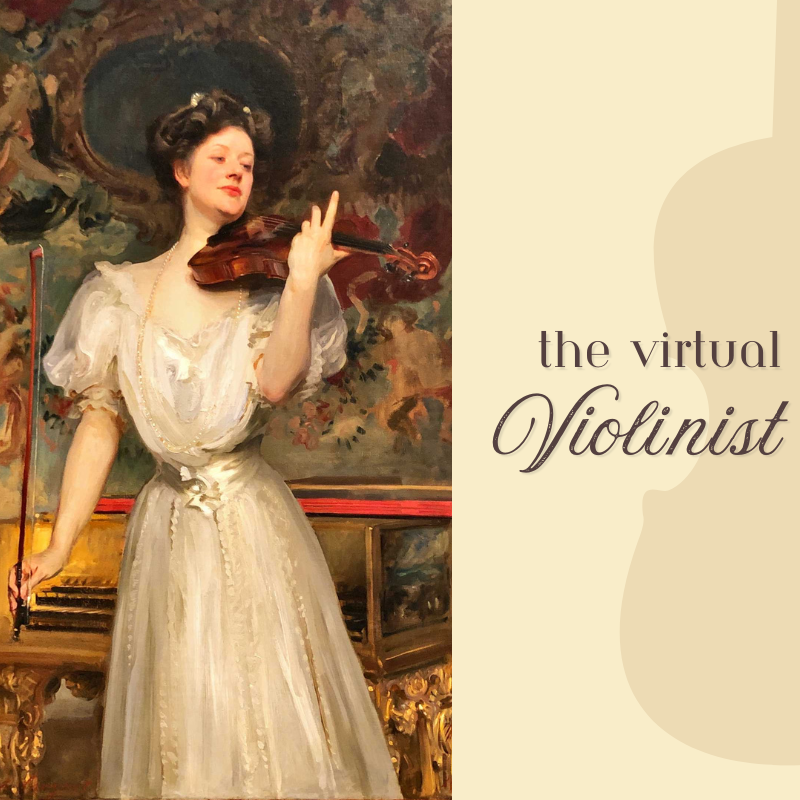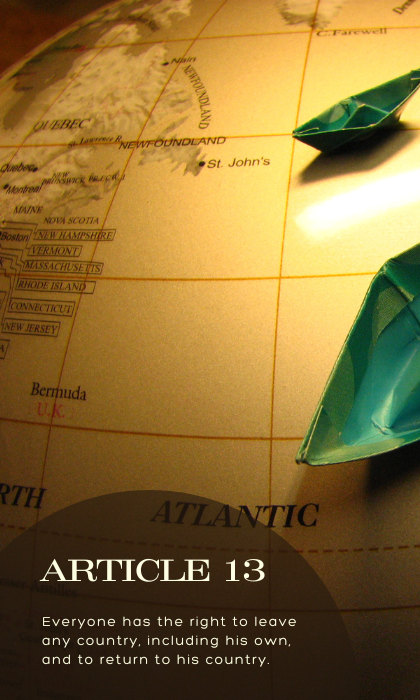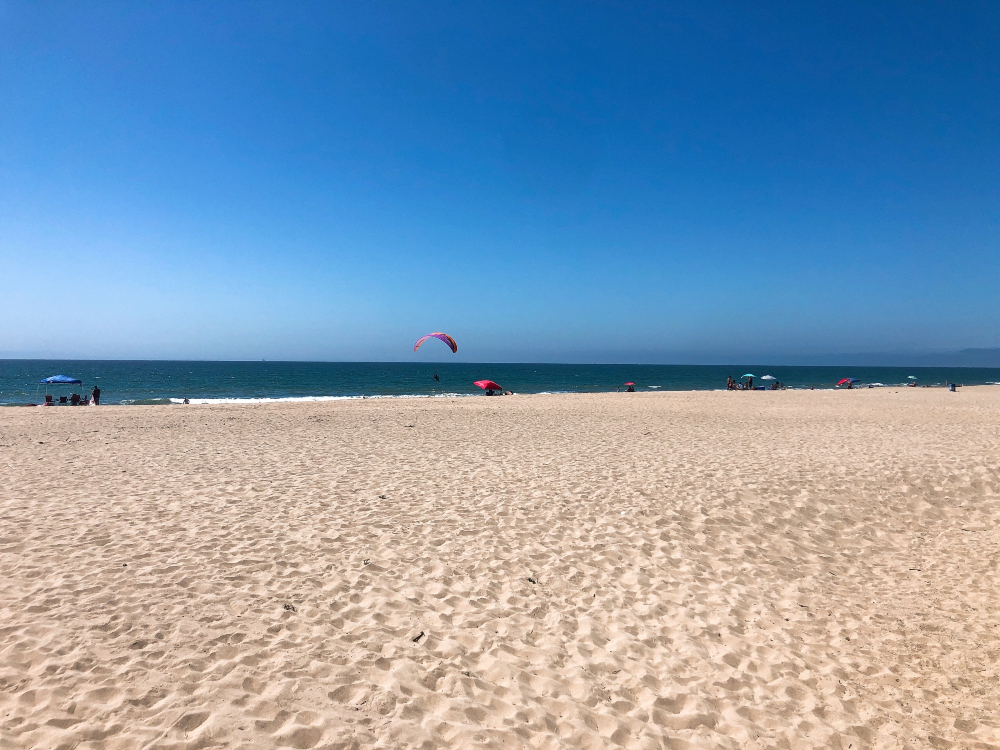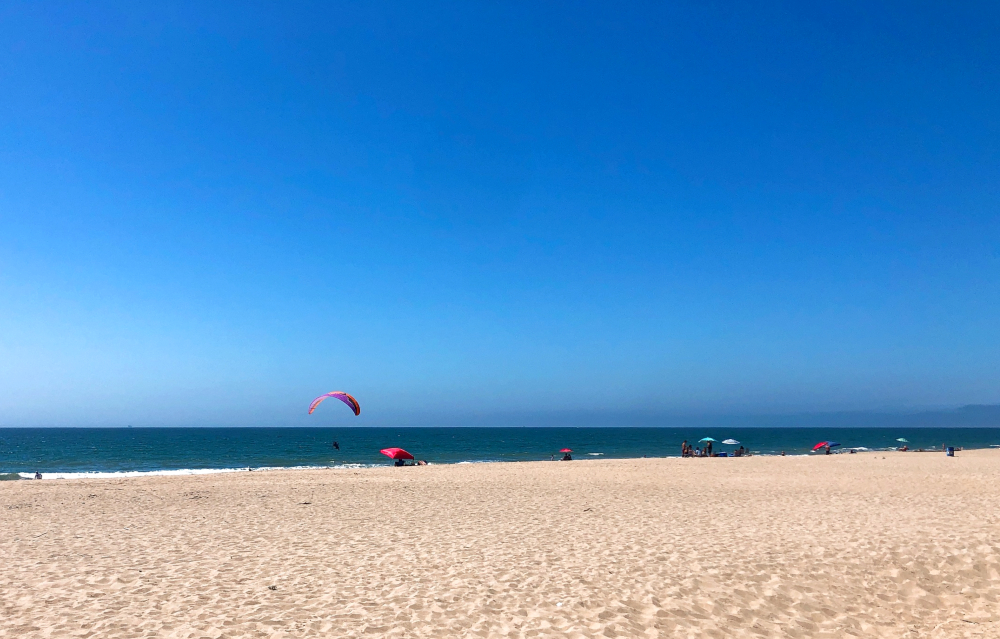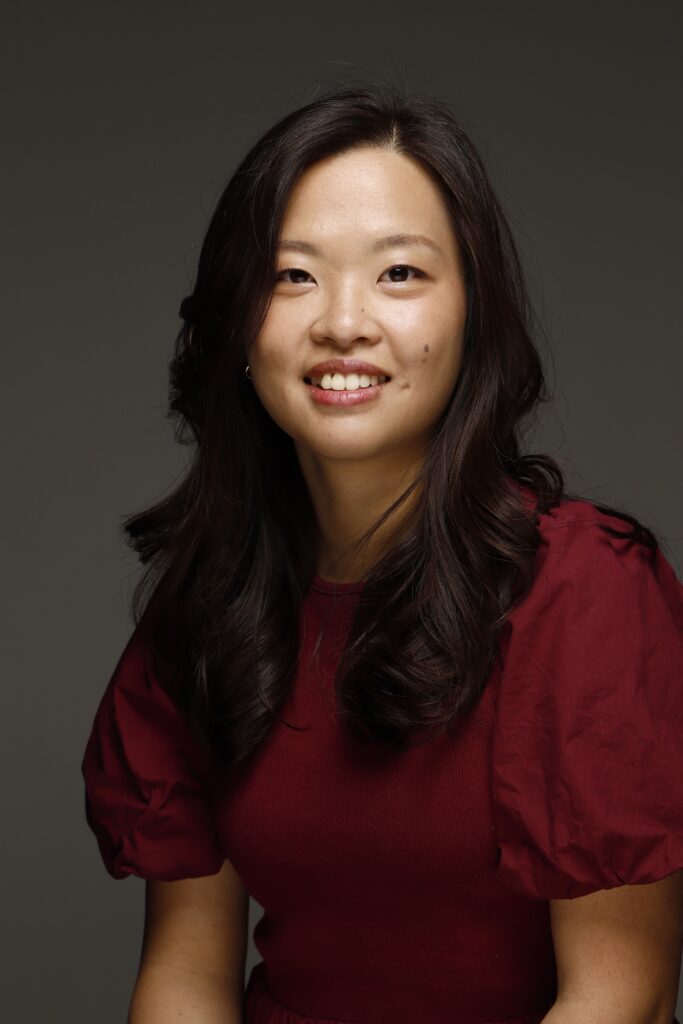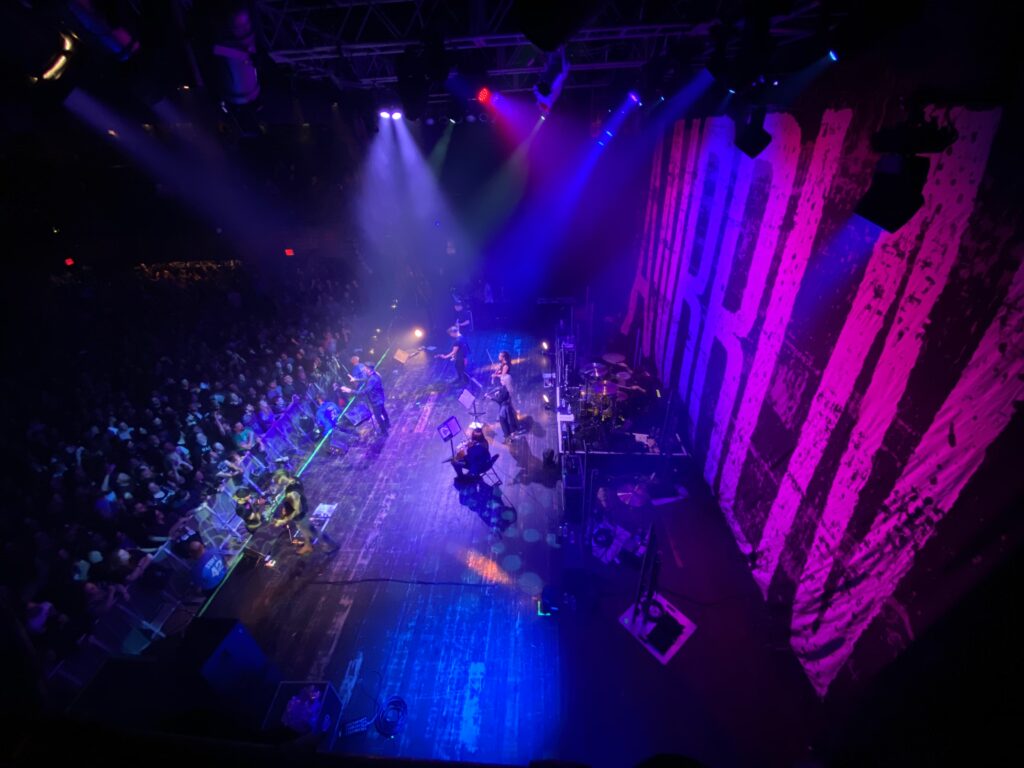Synopsis: “Mirror Image” tells the story of a girl struggling with her body image, and her eating disorder that ultimately emerges from it. She eventually reaches a breaking point in her body and mind, and embarks on an inner journey to overcome it.
Media assets: Video and image assets are from Pexels and Unsplash. Background music selections are from Freesound.org. Voiceover audio assets were recorded by me.
Software used: I used Canva Pro and iMovie to create the video, and Logic Pro to record and edit my audio assets.
Citations
Visual:
- View Of Sunset Over A Lake by Ambient_Nature_ Atmosphere is licensed under the Pexels license
- A group of people standing in front of arcade machines by cottonbrostudio is licensed under the Pexels license
- Slow Motion Footage Of Children And Adults Playing In The Water Fountains by Kelly is licensed under the Pexels license
- Roller Coasters by Distill is licensed under CC0 1.0 Universal
- woman in blue and white floral shirt holding her face by Caroline Veronez is licensed under the Unsplash License
- person behind fog glass by Stefano Pollio is licensed under the Unsplash License
- Cutting Vegetables To Pieces In A Chopping Board by Pressmaster is licensed under the Pexels license
- Woman Running on the Street by cottonbro studio is licensed under the Pexels license
- Written Motivational Words On Stick On Paper Pads Pasted On A Mirror by cottonbro studio is licensed under the Pexels license
- A Person Running On A Wet Concrete Pavement by fauxels is licensed under the Pexels license
- Woman Looking Into Mirror by cottonbro studio is licensed under the Pexels license
- The Sun Rises Over The Dark Clouds by Athena Sandrini is licensed under the Pexels license
- right human hand by Cherry Laithang is licensed under the Unsplash License
- A Grandmother Holding A Child In Walking Over The Sea Wall by RDNE Stock project is licensed under the Pexels license
Audio:
- Cinematic Piano Trailer Score – With Effects and Riser.wav by GregorQuendel is licensed by CC BY-NC 4.0 / trimmed from original
- Cinematic Piano Dream Sequence – 01.wav by GregorQuendel is licensed by CC BY-NC 4.0
- Ambulance.wav by Ambientsoundapp is licensed by CC0 1.0
- Ambient Piano Music #4 by benpm is licensed by CC BY 4.0 / trimmed from original

